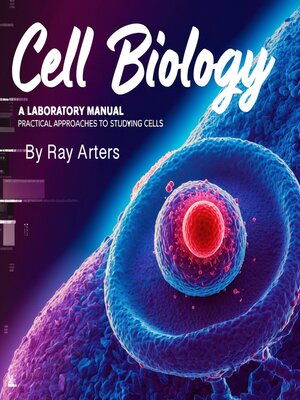Cell Biology
audiobook (Unabridged) ∣ A Laboratory Manual – Practical Approaches to Studying Cells
By Ray Arters

Sign up to save your library
With an OverDrive account, you can save your favorite libraries for at-a-glance information about availability. Find out more about OverDrive accounts.
Find this title in Libby, the library reading app by OverDrive.



Search for a digital library with this title
Title found at these libraries:
| Library Name | Distance |
|---|---|
| Loading... |
This audiobook is narrated by a digital voice.
The cell stands as the fundamental unit of life, representing the smallest structure that exhibits all the characteristics we associate with living organisms. Understanding cell biology requires recognizing that every living thing, from the simplest bacteria to the most complex multicellular organisms, is composed of cells that carry out the essential processes of life including metabolism, growth, reproduction, and response to environmental stimuli. This remarkable universality of cellular organization reveals the common evolutionary origin of all life on Earth while highlighting the extraordinary diversity that has emerged from basic cellular mechanisms.
Cell theory, established in the 19th century through the work of scientists including Matthias Schleiden, Theodor Schwann, and Rudolf Virchow, provides the conceptual foundation for understanding life at its most basic level. This theory states that all living organisms are composed of one or more cells, that the cell is the basic unit of life, and that all cells arise from pre-existing cells. These simple statements revolutionized biology by providing a unifying framework that connects all forms of life through their shared cellular basis while explaining how life perpetuates itself through cellular reproduction.
The diversity of cellular organization encompasses two fundamental types: prokaryotic cells, which lack membrane-bound organelles and have their genetic material freely dispersed in the cytoplasm, and eukaryotic cells, which contain membrane-bound organelles including a nucleus that houses their genetic material. This distinction reflects a major evolutionary transition that occurred approximately 2 billion years ago when the first eukaryotic cells evolved from prokaryotic ancestors. Despite these organizational differences, both cell types share fundamental processes and molecular mechanisms that demonstrate their common evolutionary heritage.







